Intel Compute Stick Makes Other Sticks Look Like Chumps
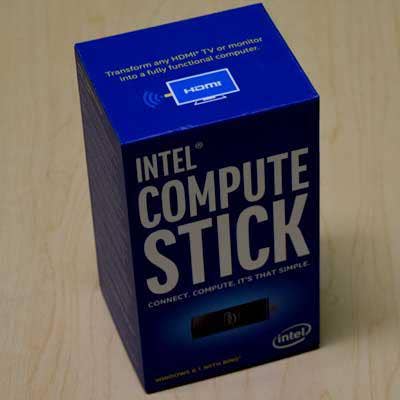
CRN Test Center: Intel Compute Stick Review
With Intel's Compute Stick, less is more, as the adage goes. The tiny device is essentially an oversized USB drive that doubles as a tiny low-powered Windows 8.1 PC. It can turn any HDTV or monitor into a bare-bones PC for a staggeringly low price of just under $150.
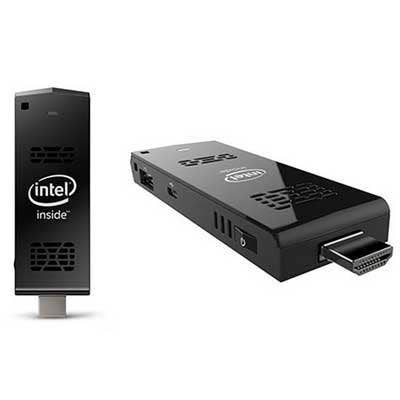
One Part Novelty, Two Parts Awesome
For consumers, the Intel Compute Stick is part novelty and part ultimate streaming media tool. The oversized thumb drive puts Amazon's Fire TV Stick ($34) and Google Chromecast ($24) to shame when it comes to its ability to pipe 1080p video to an HDTV and when it comes to added functionality, such as running lightweight Windows applications.
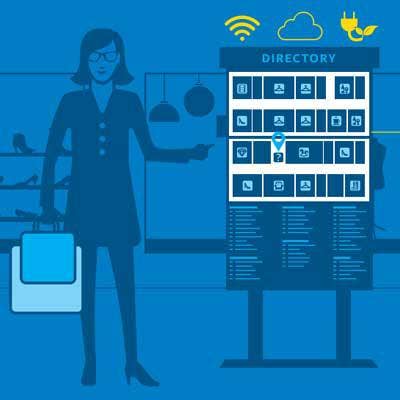
Larger Potential Within Commercial Markets
But what makes the Intel Compute Stick a game-changer isn't its consumer appeal. Rather, the Intel Compute Stick's biggest potential is catching fire as a digital signage tool, or powering a digital classroom or being used as a point-of-sale device or information kiosk.
Digital signage, for example, allows for remote management of electronic displays where a third party can publish dynamic content at venues such as college and corporate campuses, medical facilities, retailers and transportation centers. The market for digital signage is expected to grow from $14.5 billion in 2014 to $24 billion in 2020, according to market research firm MarketsandMarkets.
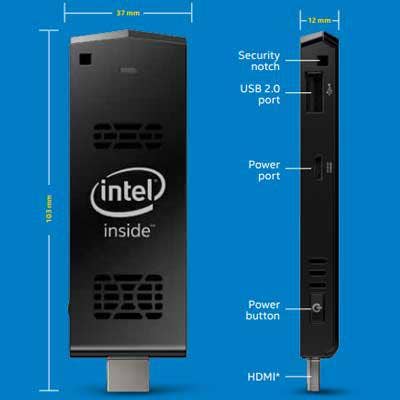
What's Not To Like?
CRN took the Intel Compute Stick (Model STCK1A32WFC) for a test drive. In our review of the Compute Stick, we were impressed by the lightweight device's ability to deliver a full PC experience. We were impressed at Intel's ability to cram all the hardware you need into a palm-sized PC that was extremely affordable, portable and adept at handling lightweight tasks.
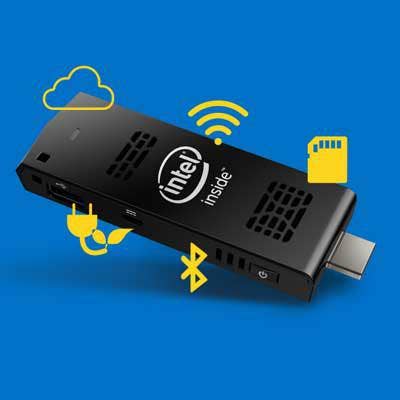
Intel Compute Stick: Thumb-Drive-Sized PC
Specifications for the review unit include: Intel's Quad-core Atom Bay Trail processor (1.3GHz Atom Z3735F, Intel HD Graphics), 2 GB of RAM, 32 GB of storage, and running Windows 8.1 with Bing software. The hardware includes an HDMI port that plugs into the side of a display, power port that needs to plug into an outlet, a microSD card slot and a full-sized USB 2.0 port.
The Compute Stick has 802.11 b/g/n Wi-Fi, Bluetooth 4.0 and includes McAfee Antivirus Plus subscription.
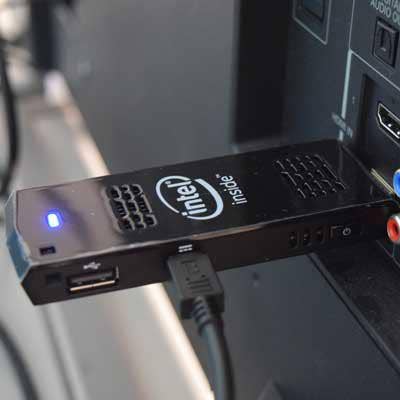
Setup Slipups
While the Compute Stick is a stunning example of how Intel has shrunk the size of a PC into an oversized HDMI stick, it's still tethered to the real world of peripherals. During setup, this was painfully apparent. After plugging in the HDMI Compute Stick and connecting it to the required power outlet it fumbled for a few more minutes than we would have liked linking a Bluetooth keyboard and mouse to the stick.
The Compute Stick also has a USB 2.0 port that can make zipping through the Windows 8.1 setup menus go faster with a compatible USB keyboard or mouse. Overall, the Bluetooth radio was spotty, requiring us to repair either our keyboard or mouse on a number of occasions.
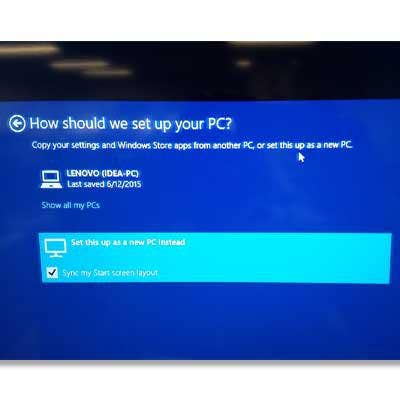
Getting Started
Setting up the Compute Stick was a breeze once we got past dealing with pairing the peripheral mouse and keyboard. You can either associate the Compute Stick’s Windows 8.1 with Bing OS with an existing Microsoft account or create a new one. Linking, updating and setting up the stick only took about 15 minutes. You'll spend a lot of time waiting for the software to update, but once it is done you'll have a fully functional PC with all of Windows' default apps -- from Internet Explorer, Control Panel to Microsoft Word -- at your disposal.
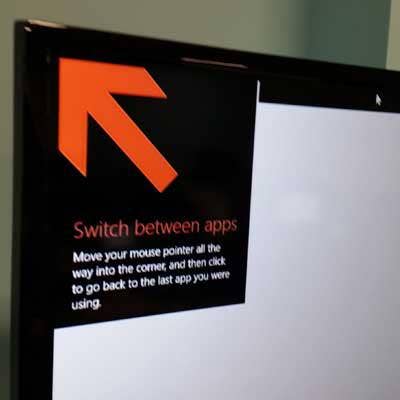
Welcome To Your Franken HDTV-PC /Tablet
Once the operating system is fully updated, it occurs that this is not your average PC. What you get for an OS with Intel's Compute Stick is a slightly modified version of Windows 8.1 running Microsoft's modern UI. Microsoft has added a few navigation tweaks designed to make the OS easier to use on an HDVT.
For example, Microsoft has put a hot spot in the upper-left-hand corner of the Windows 8.1 OS that allows a user to simply drag the mouse into that corner of the PC to switch between apps. And just as with any version of Windows 8.1, there are a lot of customization tweaks thanks to the pliability of the OS.

Road Test
When it comes to performance, keep expectations in check. The Intel Compute Stick with a 1.3GHz Atom processor won’t win many performance benchmark wars. Think of this as more netbook than notebook.
However, as a dedicated streaming device, Intel's Compute Stick passed with flying colors with everything we threw at it. We were able to stream video at full 1080 HD resolutions without a hiccup. Media files played off the stick's MicroSD port as expected.
For couch potatoes, relying on the Intel Compute Stick comes down to the trade-off of sky-is-the-limit functionality that requires one to lean forward and fumble with keyboard and mouse in front of the HDTV. Or one can choose a slick AppleTV-like experience that allows a user to sink back into the sofa and use a clicker to navigate a limited menu of adequate content options.
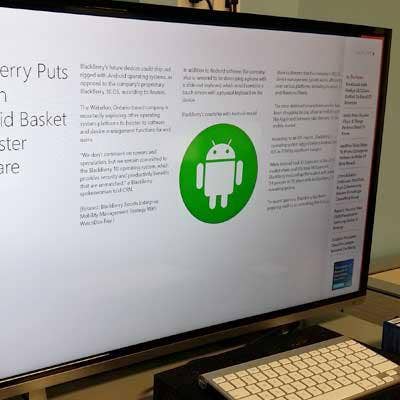
Best Of Three Worlds
To be clear, this is neither a dedicated streaming device nor a PC. It's part both -- including a tablet. It's not going to replace a PC anytime soon. And for the earlier adopter crowd, we see the Compute Stick as an affordable add-on that brings compute power to a home theater system. No longer are users limited by streaming devices from Amazon, Google, AppleTV or Roku and their walled gardens of content. With the Intel Compute Stick, the sky is the limit -- as long as it's within the application's minimum system requirements.
But, of course, to think about this breakthrough computer solely as a consumer device is missing a huge part of the market in which it will play. Perhaps the Intel Compute Stick's biggest potential will be reached as a business tool.
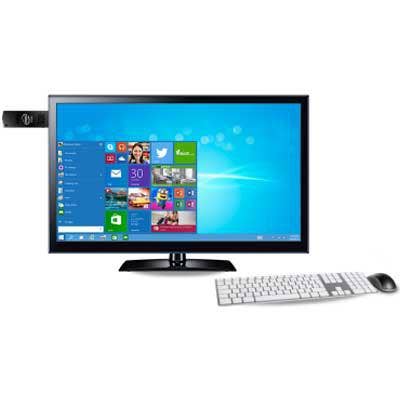
Commercial Market Disrupter?
As a business tool aimed at commercial markets such as digital signage, the Intel Compute Stick has the potential to be downright disruptive, say industry experts.
"The great majority of digital signage sticks out there use Android," said Dave Haynes, co-founder of The Preset Group, a consultancy. Intel is unique running Windows and it will compete with Android-based Dell Wyse Cloud Connect, Nanonation and ScreenScape.
"Is this a killer product for digital signage? Well, maybe, maybe not," Haynes said. "The price is certainly attractive," he said. "As is the manufacturer being Intel versus someone from Shenzhen or Taiwan you may or may not ever heard of, the Atom Bay Trail processor is regarded as being quite capable of running HD video."